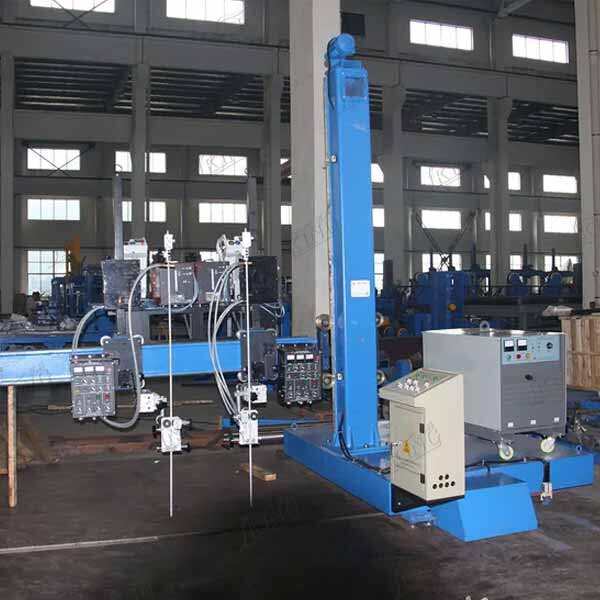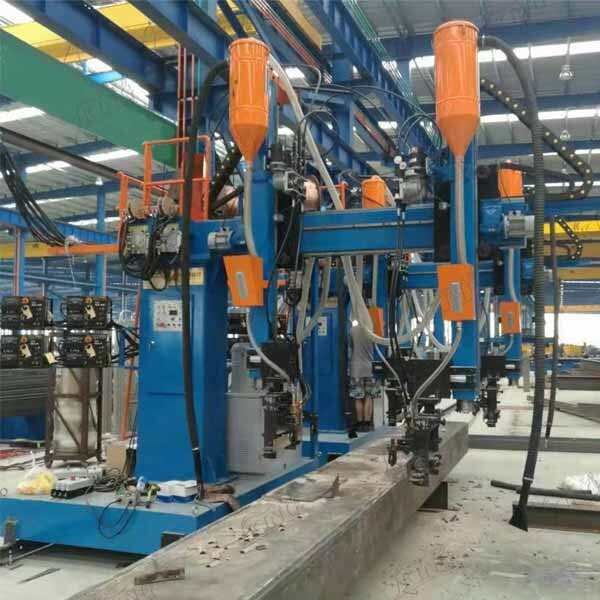how to operate esw machine
The ESW (Electro Slag Welding) machine is an advanced welding system designed for heavy-duty industrial applications. Operating this sophisticated equipment requires a systematic approach and thorough understanding of its components. The machine consists of a power source, control panel, wire feed system, flux delivery mechanism, and cooling system. To operate the ESW machine, operators must first ensure proper setup by checking the power connections and cooling system functionality. The process begins with positioning the workpiece and aligning the copper shoes that contain the molten metal pool. The operator then initiates the arc between the electrode and workpiece, while simultaneously introducing flux to create the slag bath. The machine's automated systems maintain precise control over parameters such as voltage, current, and wire feed speed throughout the welding process. Modern ESW machines feature digital displays and programmable settings that allow operators to monitor and adjust welding parameters in real-time. Safety features include emergency stop buttons, overheating protection, and automatic shut-off systems. The machine's versatility allows for welding of thick materials ranging from 1 to 12 inches in a single pass, making it particularly valuable for heavy industrial applications like shipbuilding, pressure vessel manufacturing, and large structural components.


